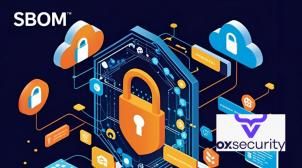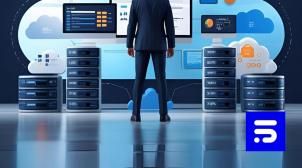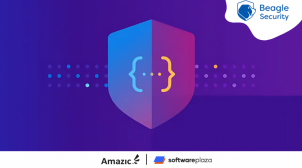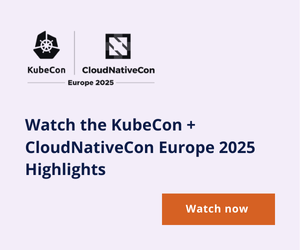-
Is AI already replacing me? Insights from Civo Navigate
Are you keeping up with AI's rapid evolution? Dive into key takeaways from Civo Navigate, exploring multimodal AI, agentic systems, and anomaly detection. Discover how AI is augmenting, not replacing, humans, the impact of open-source models, and the crucial debate on responsible AI adoption.
-
Venom Spider Targets HR Departments With Sophisticated Resume Scam
Cybersecurity experts at Arctic Wolf Labs uncover a new phishing campaign where fake resumes hide the advanced More_eggs backdoor malware, targeting corporate HR teams.
-
From Alerts to Actions: Turning AppSec Data into Business Value
Modern AppSec teams are overwhelmed with alerts but still struggle to answer the one question that matters: What should we fix first? This article explores how shifting from raw data to contextual insights helps prioritize the most impactful vulnerabilities, align security efforts with business goals, and move application security from a cost center to a strategic enabler.
-
Understanding SBOM Software: The Foundation of Modern Cybersecurity
A Software Bill of Materials (SBOM) is the key to understanding what’s inside your software—and securing it. This article explores the growing importance of SBOMs in cybersecurity, the difference between static and dynamic SBOMs, how AI is transforming their effectiveness, and best practices for managing software supply chain risk.
-
A Costly Divide: 5 Ways to Stop AppSec and Dev from Working Against Each Other
The disconnect between AppSec and development teams is more than a collaboration issue—it’s a major business risk. This article explores the root causes of this divide, from misaligned goals to disconnected toolchains, and offers practical strategies for uniting teams. Learn how to embed security into the developer workflow, prioritize risk over noise, and foster a culture of shared responsibility and continuous improvement.
-
Web Application Security Testing: 6 Essential Elements for 2025
Web application security testing is more critical than ever as enterprises face growing threats and regulatory demands. This article breaks down essential components of an effective testing program—defining scope, blending automated and manual tools, integrating into the SDLC, and prioritizing risk. Learn how modern approaches like ASPM, AI, and continuous monitoring can help security teams stay ahead of evolving vulnerabilities and protect enterprise applications.
-
Introducing Cloud Efficiency Posture Management (CEPM): An Evolution in Cloud Optimization
PointFive introduces a new approach to cloud cost management with Cloud Efficiency Posture Management (CEPM) — a discipline focused on optimizing cloud resource configuration, scaling, and architecture. Unlike traditional FinOps tools that emphasize spend visibility and discounts, CEPM continuously identifies root causes of inefficiency, delivers actionable insights, and embeds optimization into engineering workflows. From misconfigured DynamoDB tables to inefficient Aurora storage settings, PointFive helps teams move beyond surface-level cost savings to drive sustained performance, reliability, and cloud efficiency at scale.
-
Rails debug mode enabled
Uncover the critical security risks of running Ruby on Rails in development mode on a live server, from exposing internal workings and sensitive information to increasing the risk of remote code execution and DoS attacks. Learn practical steps to safeguard your application and prevent these vulnerabilities.
-
PostgreSQL® extensions you need to know in 2025
Uncover the pivotal role of PostgreSQL's extensions ecosystem, its historical context, and why it remains indispensable for modern data needs, including AI and analytics. Dive into key extensions like TimescaleDB, PostGIS, and pgvector, and learn how a managed service, like Aiven, mitigates risks and enhances reliability.
-
From Minecraft to Kubernetes Security: The Founding Story of Edera with Alex Zenla
Discover Alex Zenla’s journey from Minecraft and IoT to Kubernetes security. Learn how Edera is redefining container isolation for secure, efficient cloud-native infrastructure.
-
How to store and secure sensitive data in web applications
Given the surge in web application data breaches, learn how to effectively store and secure sensitive data in your web applications. This article explores critical data types, client-side and server-side storage mechanisms, common OWASP Top 10 vulnerabilities, and essential protective measures like robust authentication, access control, and encryption strategies.
-
Master API security: Securing your entire API ecosystem with Beagle Security’s API discovery
Discover how unchecked API sprawl creates critical security blind spots for fast-growing fintech startups, leading to data breaches and operational inefficiencies. Learn how Beagle Security's API discovery feature automatically uncovers and tests all APIs within Kubernetes or Istio environments, ensuring complete visibility and proactive vulnerability management.
Filter & Sort



















